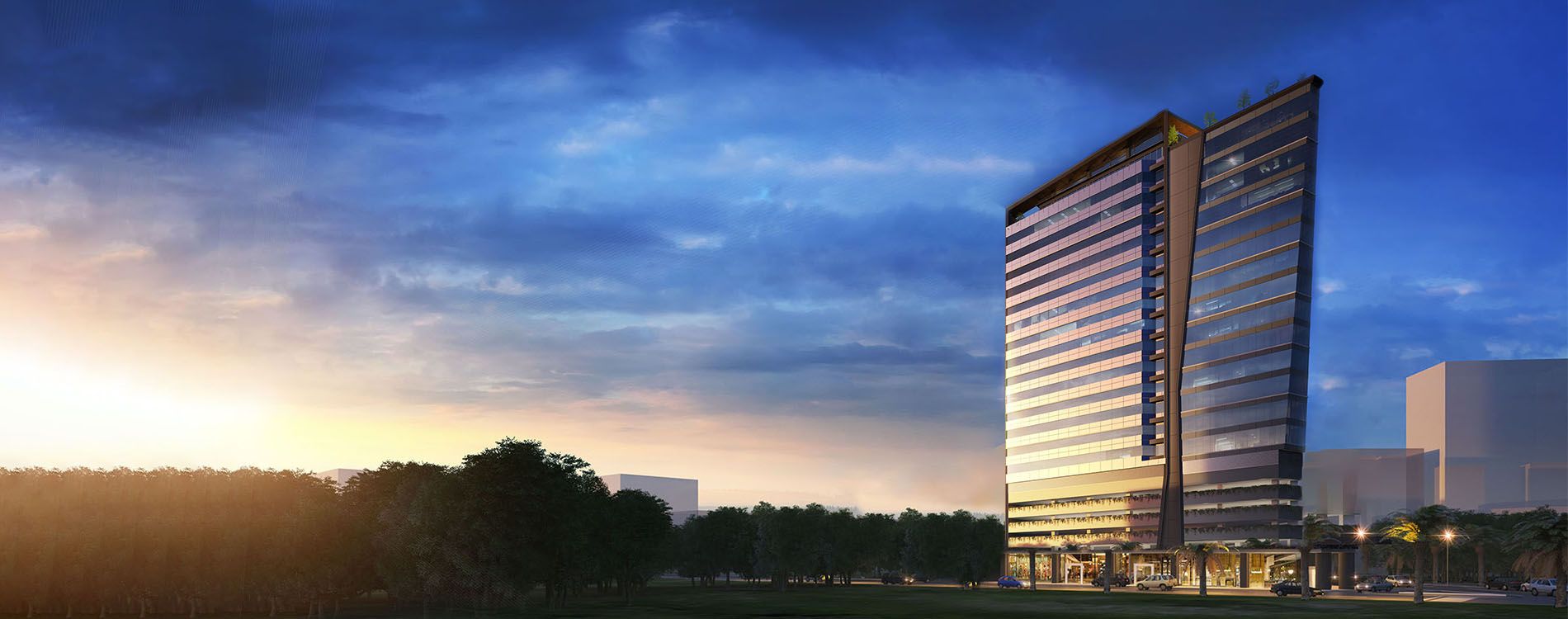There is a renewed global recognition of the importance of health and wellness after the outbreak of the COVID-19 pandemic. As the world continues to learn lessons on the safety and protection of communities, the focus is now shifted on why public health in communities is a crucial point of discussion.
According to the Centers for Disease Control and Prevention, a healthy community is a prepared community. The best way of preparing for potential outbreaks in the future is by ensuring that the health of the overall community. Public or Community Health is a term used to describe the state of health and how easy or difficult it is to be healthy where people live, learn, work, and play. An effective way of preparing for future health risks is starting within communities, working on the way up to a larger scale.
Experts say that even without the existence of health emergencies or threats, public health should be one of the main priorities of local authorities and national governments. This includes the continuous promotion of good nutrition, physical activity, and proper hygiene.
In the report by the World Health Organization, a safe and healthy community can be ensured through effective policymaking and guidelines administration that is focused on stopping the infection. Healthcare workers are tasked to implement the standard precautions for basic infection control depending on the possible patient demographic such as children or the elderly.

Additional protective measures may be deemed necessary such as lessening the exposure to and transmission of pathogens using PPEs and other engineering or environmental controls, especially in ventilation.
In relation to effective policymaking for public health, recommendations are being made to make policies more inclusive and non-discriminatory for communities. Protective measures and solutions that are recognized as inclusive and durable must cover the improvement of living conditions including detention centers, and comprehensive workforce policy.
RELATED: Optimizing Buildings for Disease Prevention
In the “New Normal”, integrating these protective measures to how schools, workplace, and how other industries operate will be vital. Mandatory measures such as temperature checking and requiring health clearances will be done to ensure the wellness of the community in each location or sector. The CDC is also pushing for the strict compliance of regular disinfection of all environmental surfaces to help lower the risk and considering the possible presence of the elderly or the immunocompromised in the said community.
RELATED: How LEED Certification can help prevent disease spread in the future
Providing a workplace setting that uplifts and prioritizes the overall health and wellness of its employees creates a huge impact on public health. As active members of the community, employees who spend the majority of their day working in office setups should be in a work environment that ensures their safety and wellbeing, not only during a pandemic or once there is a threat to their health.
Premium green buildings, such as JEG Tower @ One Acacia, invests in the well-being of their tenants by optimizing their building design and operations. Following industry standards, these commercial establishments put a premium on their health, while practicing sustainability and energy efficiency.
























